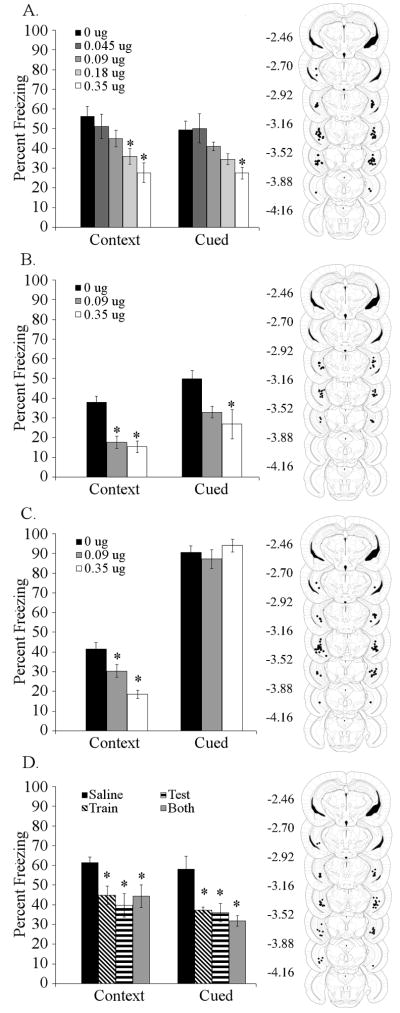Figure 3. Effects of nicotine infusion into the ventral hippocampus on fear conditioning.
A. Infusion of nicotine into the ventral hippocampus at training and testing produced dose-dependent deficits in contextual (0.18 and 0.35 μg/side) and trace (0.35 μg/side) conditioning (n = 6 – 8). B. Infusion of nicotine into the ventral hippocampus produced deficits in contextual (0.09 and 0.35 μg/side) and trace (0.35 μg/side) conditioning in a 2-pairing trace fear conditioning paradigm (n = 8 – 9). C. Infusion of nicotine (0.09 or 0.35 μg/side) into the ventral hippocampus produced deficits in contextual fear conditioning, but had no effect on delay cued conditioning, using a 2-pairing 30 second CS training protocol (n = 8). D. Infusion of 0.35 μg/side nicotine into the ventral hippocampus at training or testing, or at both training and testing produced deficits in both trace and contextual fear conditioning (n = 8). Significant difference (p < 0.05) from the saline-infused control group denoted with (*); data are reported as mean ± standard error of the mean. Representations of cannula placements to right of data demonstrate that all infusions were directed into the ventral hippocampus.

